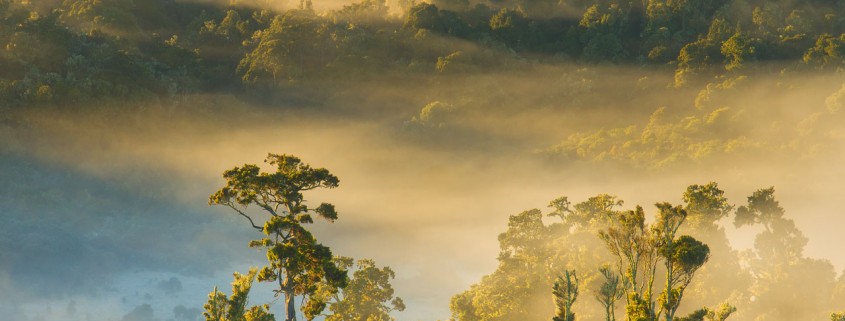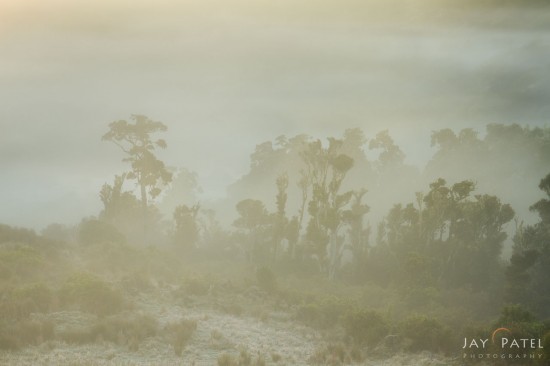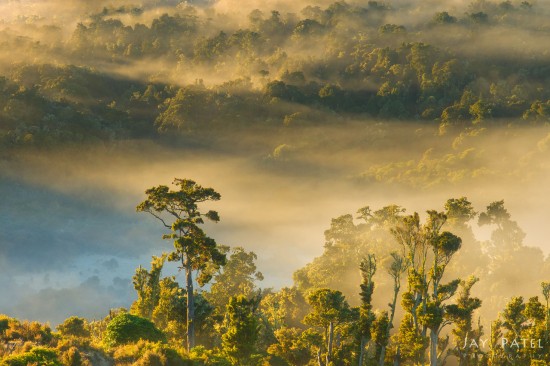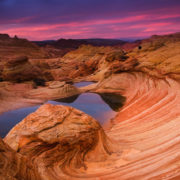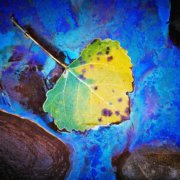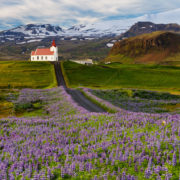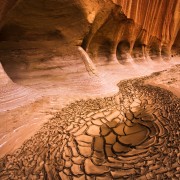Mastering Changing Light Conditions in Nature Photography
Nature photography is as much about patience and timing as it is about technical skill. One of the most dynamic elements we work with in the field is natural light. Unlike controlled studio lighting, natural light is constantly changing—shifting in direction, intensity, and color throughout the day and even minute-by-minute due to weather conditions. For photographers who specialize in outdoor and landscape photography, understanding and adapting to these changing light conditions can be the key to capturing truly breathtaking images.
How Changing Light Affects Your Nature Photos
Changing light can dramatically alter the mood, composition, and color palette of your images. A foggy morning may soften your composition and reduce contrast, lending a dreamy quality to the scene. Midday sunlight, though often harsh, can be used creatively to highlight textures or capture shimmering reflections. The golden hues of sunrise and sunset add warmth and dimension, making subjects appear more vivid and dramatic.
A great example of how light can transform a scene comes from a trip to Mauna Kea on the Big Island of Hawaii. This island is one of the most visually diverse places in the world—featuring lush rainforests, black and white sand beaches, cascading waterfalls, and vast lava fields. We drove from sea level in Hilo up to Mauna Kea’s summit at 13,796 feet (4,205 meters), where the air is noticeably thinner and the landscape changes dramatically.
We arrived as the sun was dipping toward the horizon. The volcanic craters were already impressive in the late afternoon light, but as the sun continued to set, the transformation was remarkable. The light shifted from warm golden tones to soft pastels. Changing light conditions in landscape photography like this don’t just enhance the scene—they redefine it.
Jay captured a shot after the sun had set, with the sky glowing in gentle hues of pink and purple. My image, taken slightly earlier, highlights the rugged texture and depth of the craters using directional golden-hour light. Both photos were taken just minutes apart, yet they tell completely different visual stories.
This example illustrates the importance of being mindful of natural light when photographing outdoor scenes. The golden hour is ideal for emphasizing texture and adding dimension to your landscape photos, while post-sunset tones can enhance mood and atmosphere. When practicing nature photography in changing light, being patient and responsive allows you to create a wide variety of compositions without ever moving your tripod.
Stay Aware of Changing Light Conditions
Awareness of changing lighting in outdoor photography isn’t just useful—it’s essential. Light not only illuminates your subject, but it also defines shapes, emphasizes textures, and adds depth to a scene. Missing a fleeting moment of magical light can mean the difference between a good shot and a great one.
For nature photographers, being prepared for shifts in light means constantly scanning the sky, anticipating weather changes, and knowing how light behaves in specific landscapes. As emphasized in this Visual Wilderness video, the best photographers are those who stay alert and flexible, ready to adapt to both subtle and dramatic lighting changes as they unfold. Light is always changing—sometimes subtly and gradually, other times quickly and dramatically. Being aware of this continuous transformation helps photographers respond with creativity and precision.
Whether you’re chasing light during a fleeting sunrise or adjusting your exposure settings during a fast-moving thunderstorm, your success depends on your ability to read and respond to natural light in real time.
How to Make the Most of Changing Light Conditions
Scout Locations Ahead of Time
Visit your photography locations at different times of day to understand how light interacts with the landscape. This helps you plan the best angles and compositions when ideal light conditions arise.
Shoot in Golden and Blue Hours
Early morning and late afternoon often provide the most flattering light for nature photography. During these times, the low sun casts long shadows and warm tones, enhancing the beauty of natural subjects. The changing light conditions at these hours can also create varied moods and atmospheres in nature photos.
Use Filters and Bracketing to Capture Dynamic Light
A Graduated Neutral Density (GND) filter helps control exposure and contrast in high dynamic range scenes, particularly during golden hours. You can combine it with exposure bracketing to merge multiple exposures later, retaining highlight and shadow details for a balanced final image.
Stay Longer, Be Patient
As highlighted in this article, staying on location longer often pays off. Light conditions can shift dramatically within minutes—wait it out, and you may be rewarded with incredible light that transforms your entire scene.
Adjust Camera Settings on the Fly
In changing light, you need to be fast and flexible with your settings. Change camera exposure to adapt to backlighting, adjust ISO to maintain shutter speed in low light, and consider bracketing exposures for tricky high-contrast scenes.
Be Creative and Embrace the Unexpected
Use fog, mist, or beams of light to add atmosphere. Rainbows, diffused sunlight, or stormy clouds all offer creative opportunities to enhance the mood and storytelling in your nature photography.
Turn Changing Light Into Your Creative Advantage
Instead of fearing changing light conditions, embrace them. They are nature’s way of adding variety, drama, and emotion to your images. As a nature photographer, your greatest asset is your ability to anticipate, observe, and creatively respond to the light around you.
By learning to work with the ever-changing light in nature photography, you’ll unlock new levels of artistic expression and elevate your portfolio with images that are rich in mood and story. The more time you spend in the field adapting to shifting light, the more intuitive this process becomes—until capturing the perfect moment in perfect light becomes second nature.

